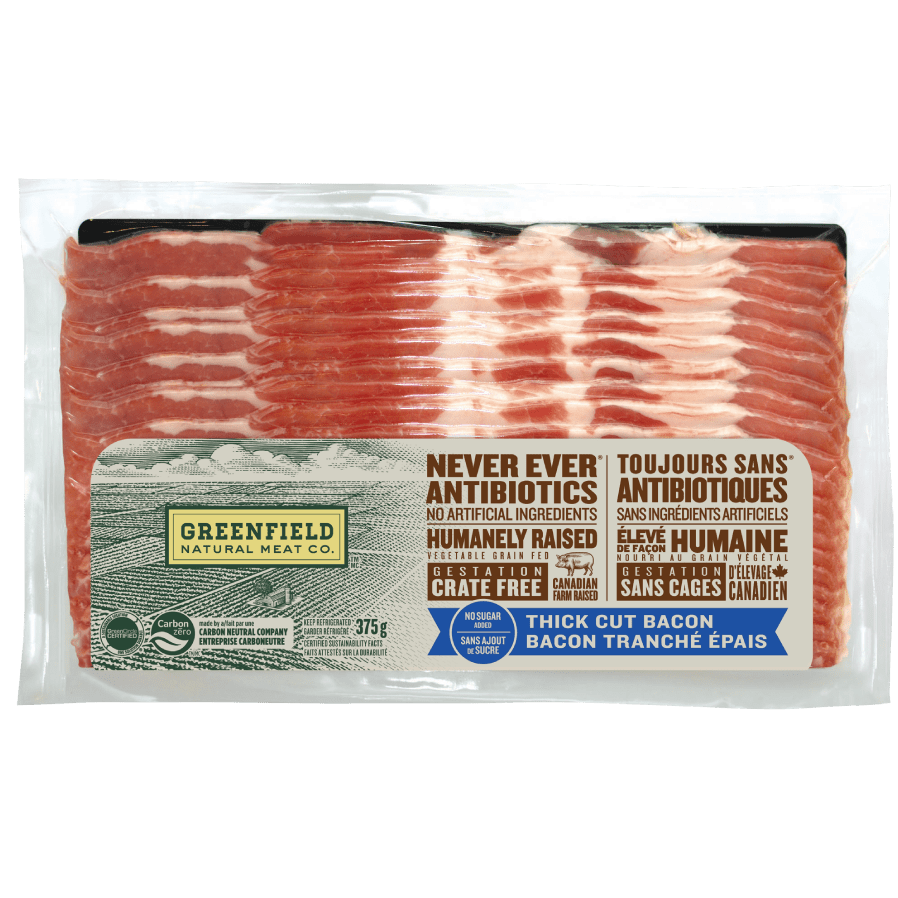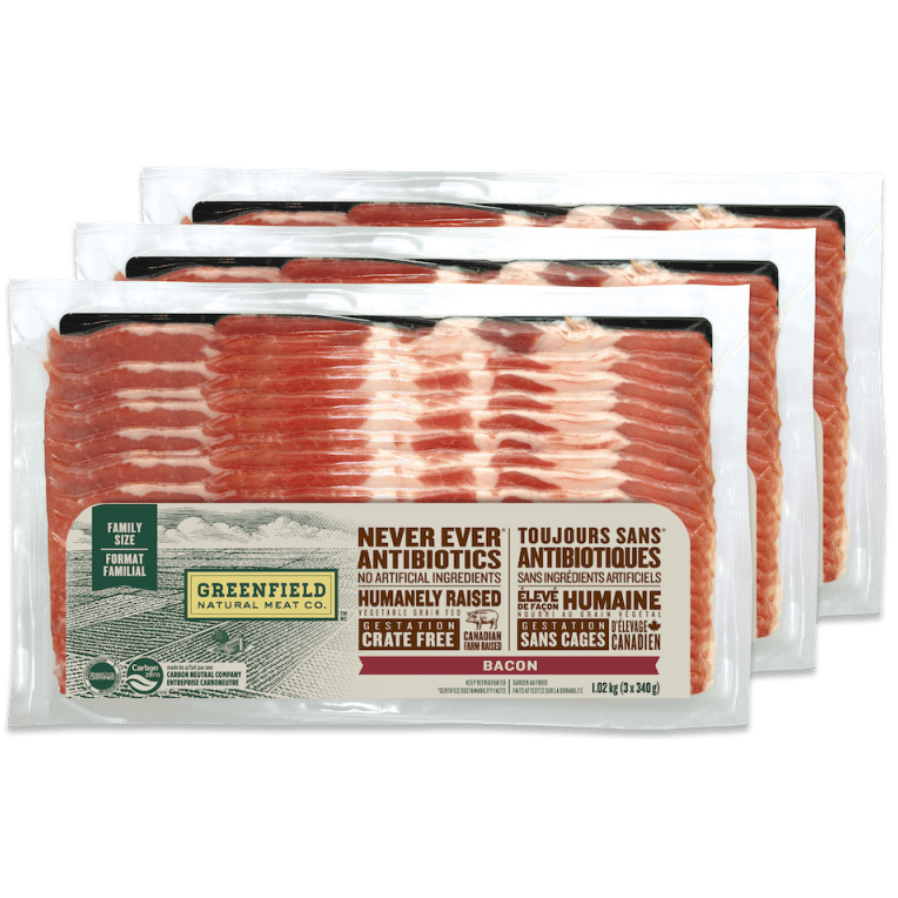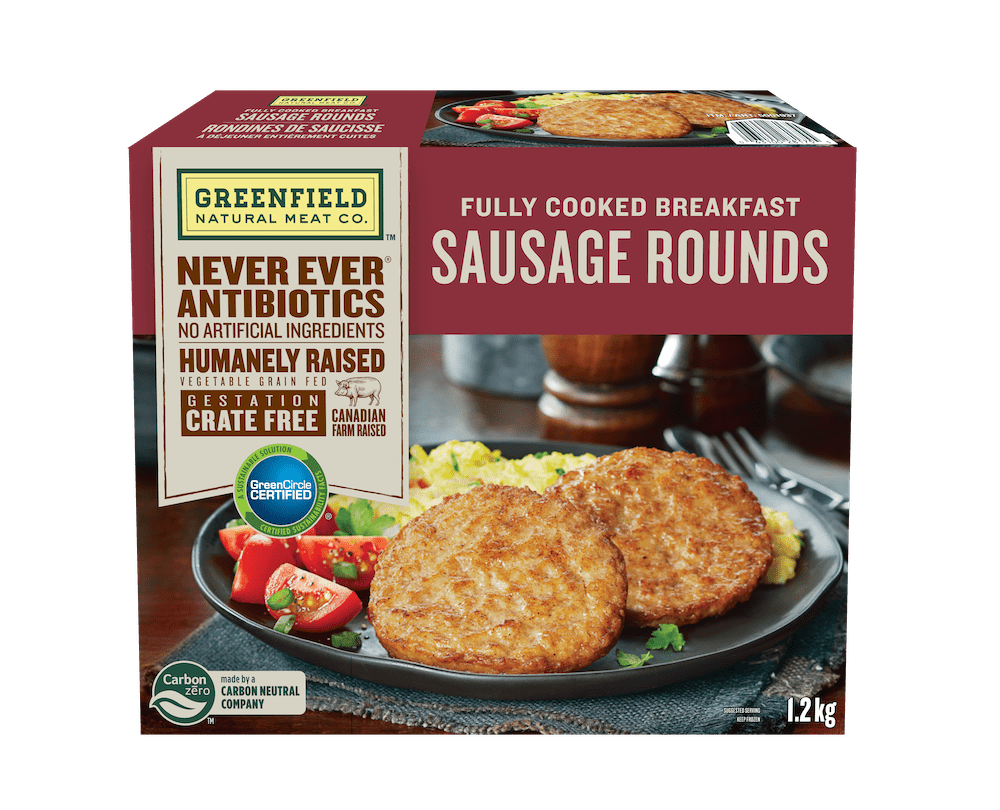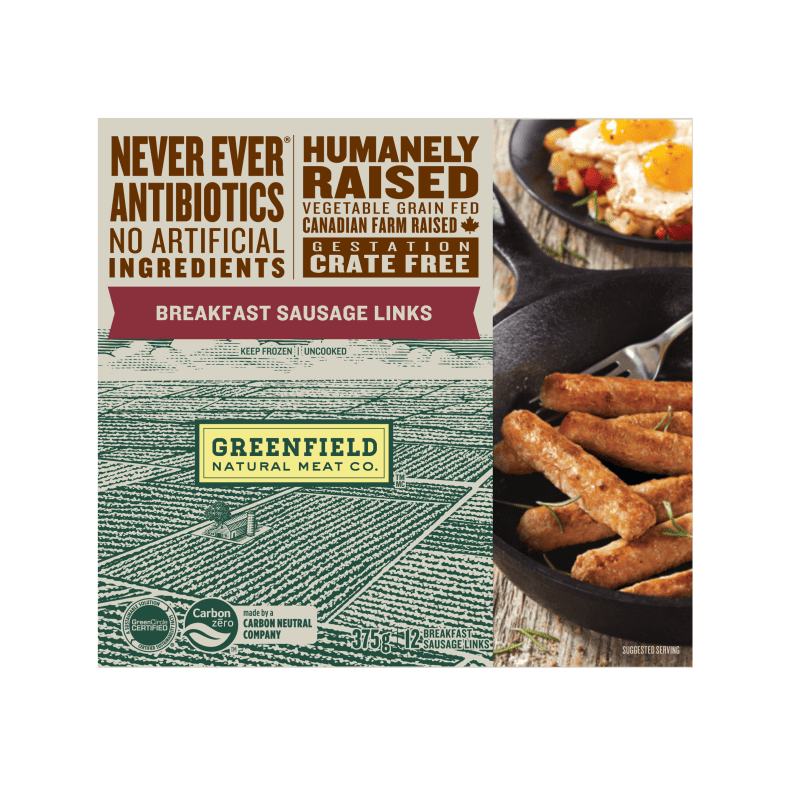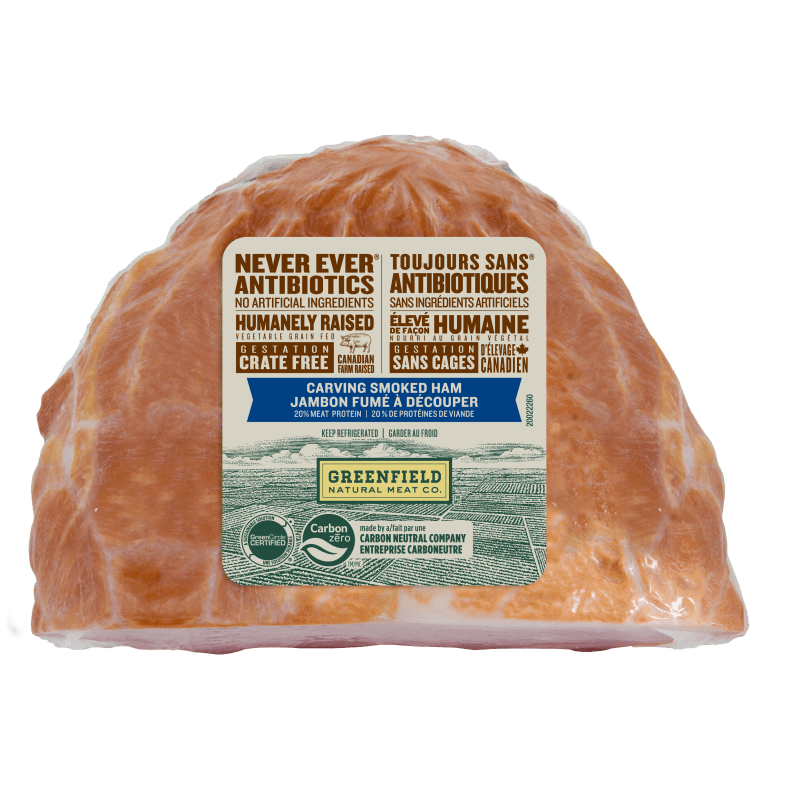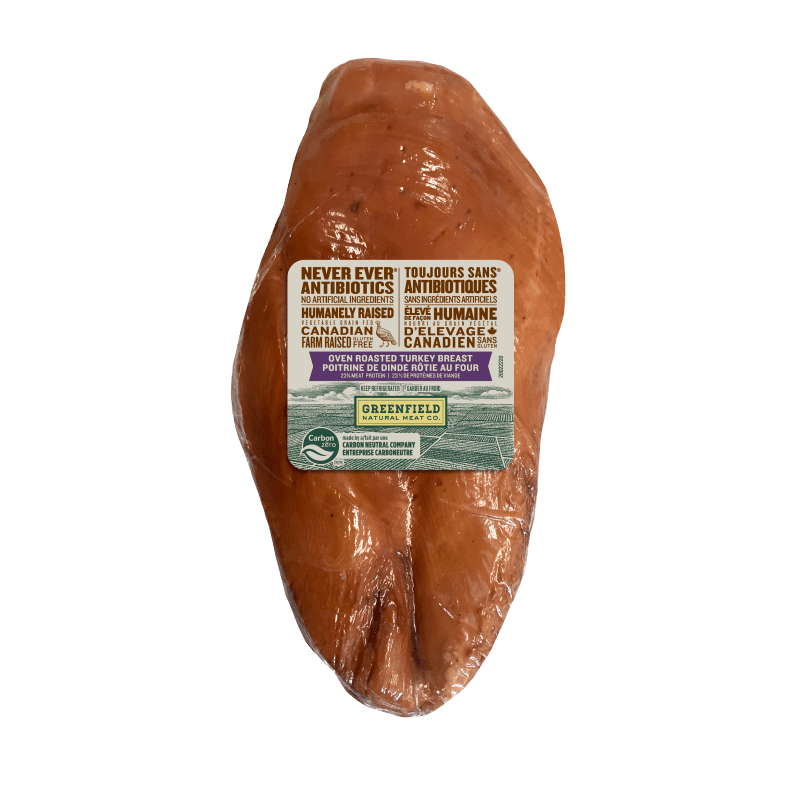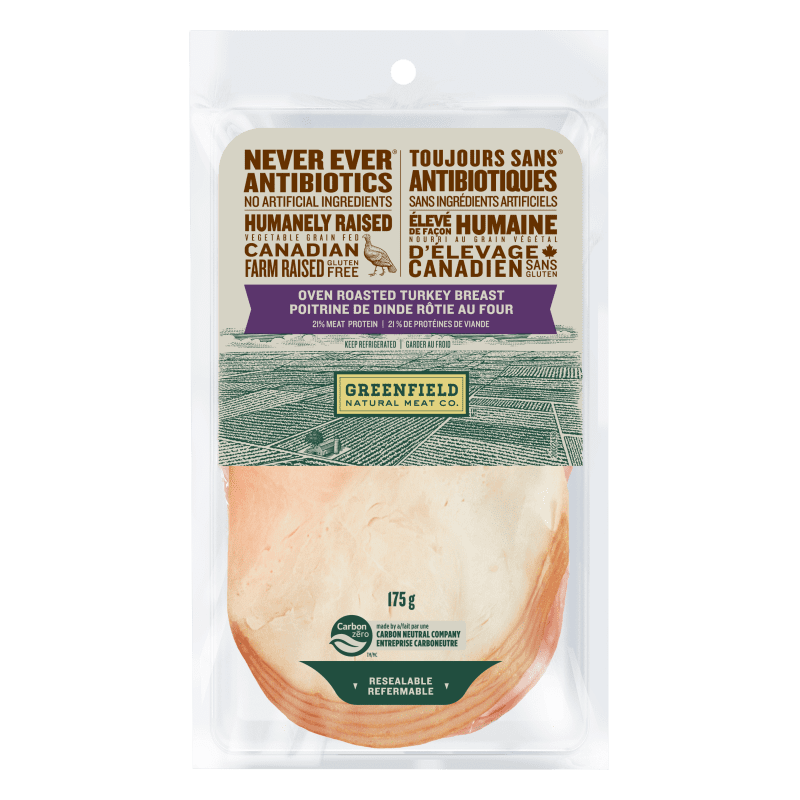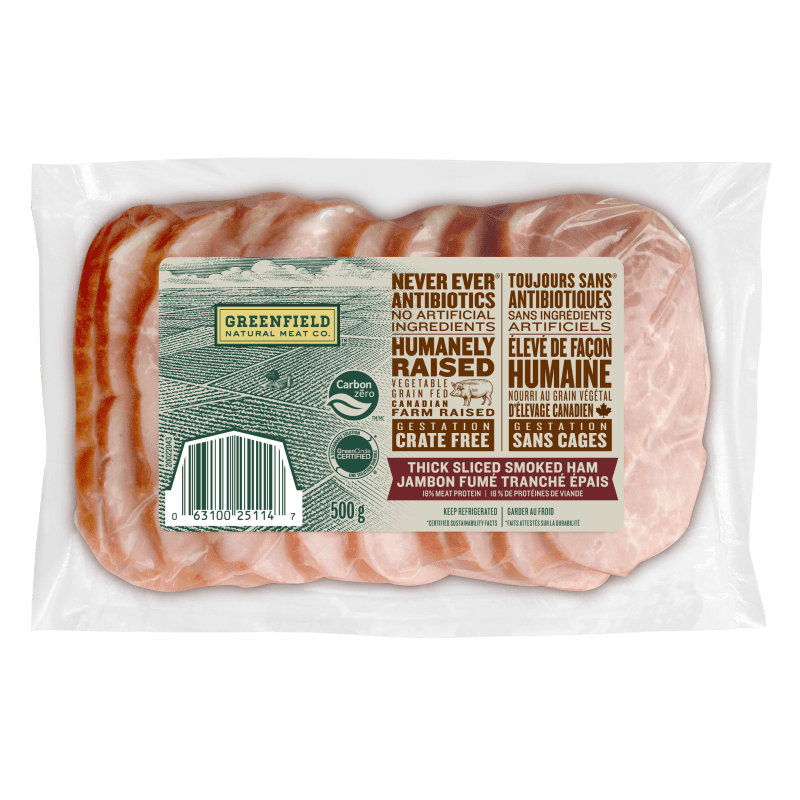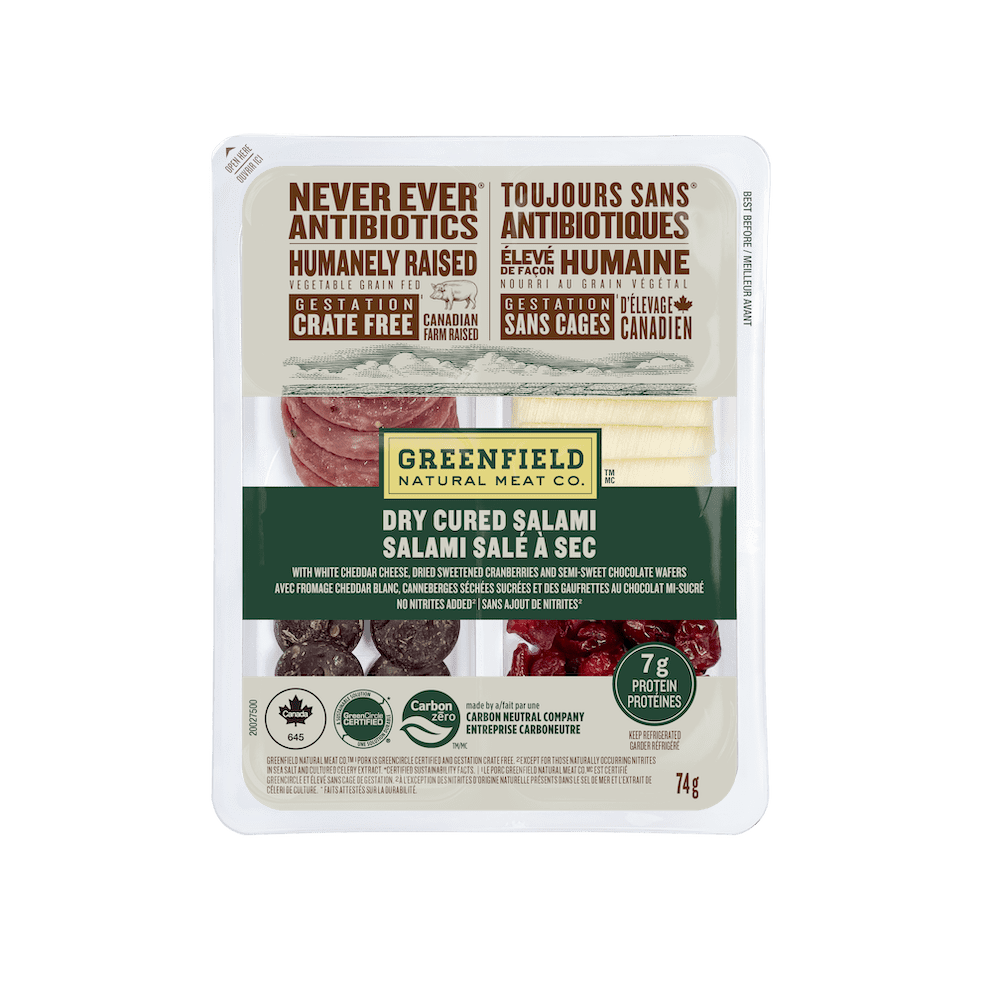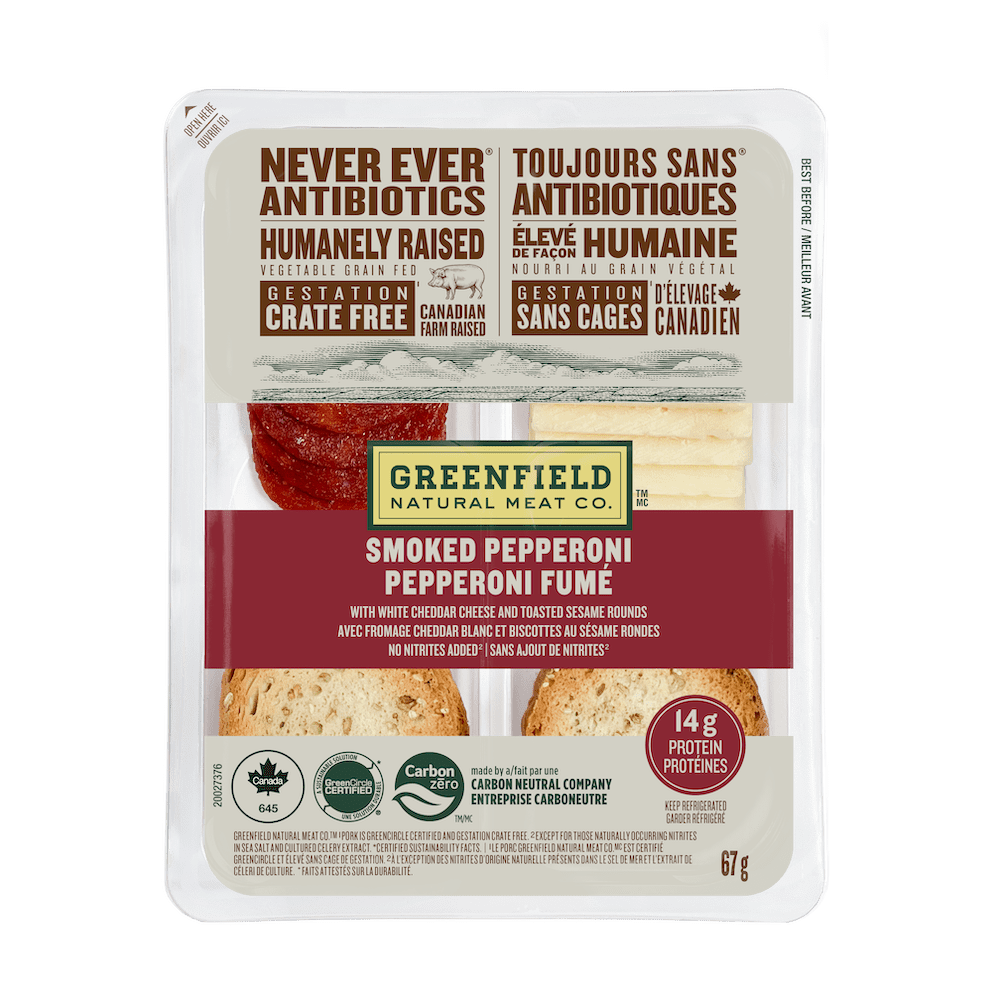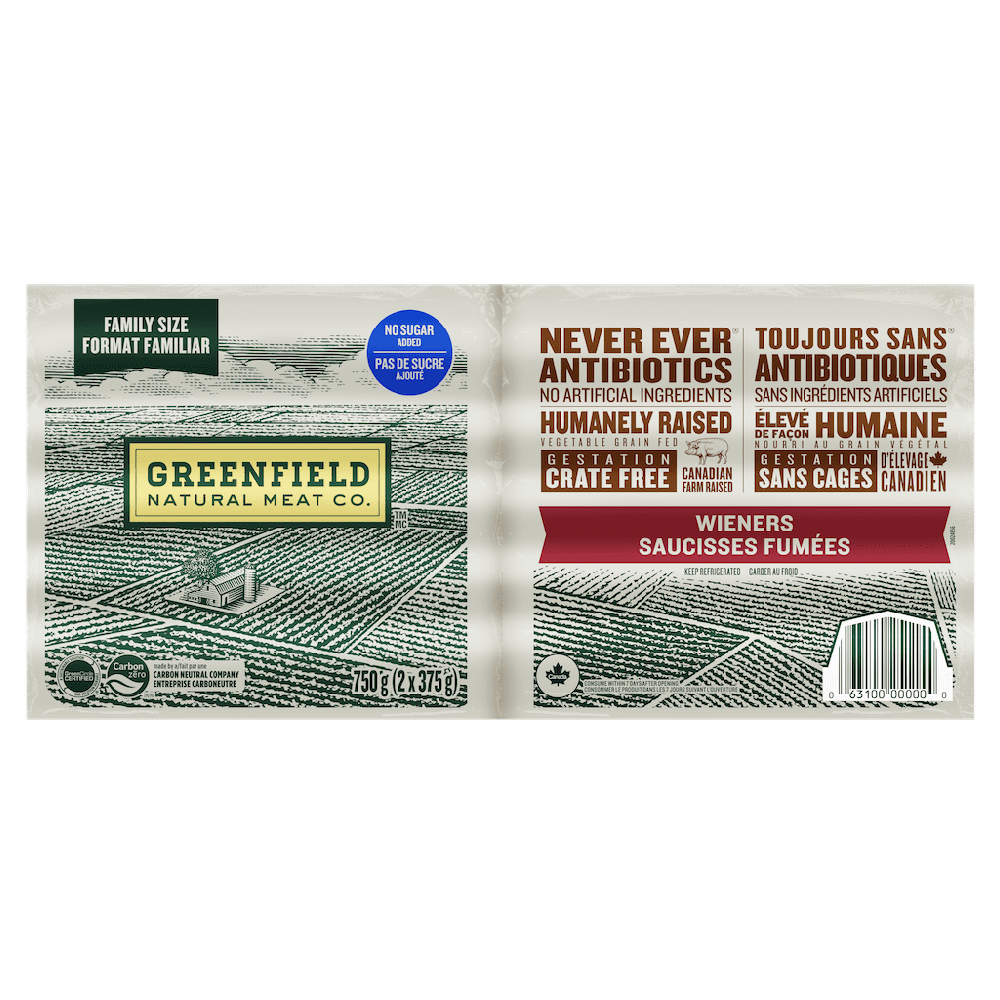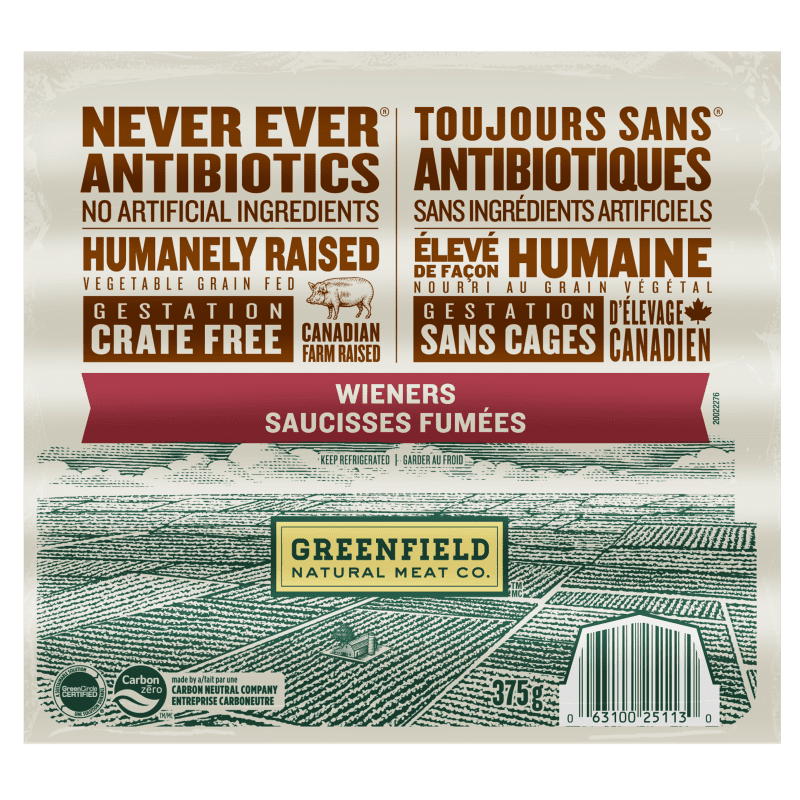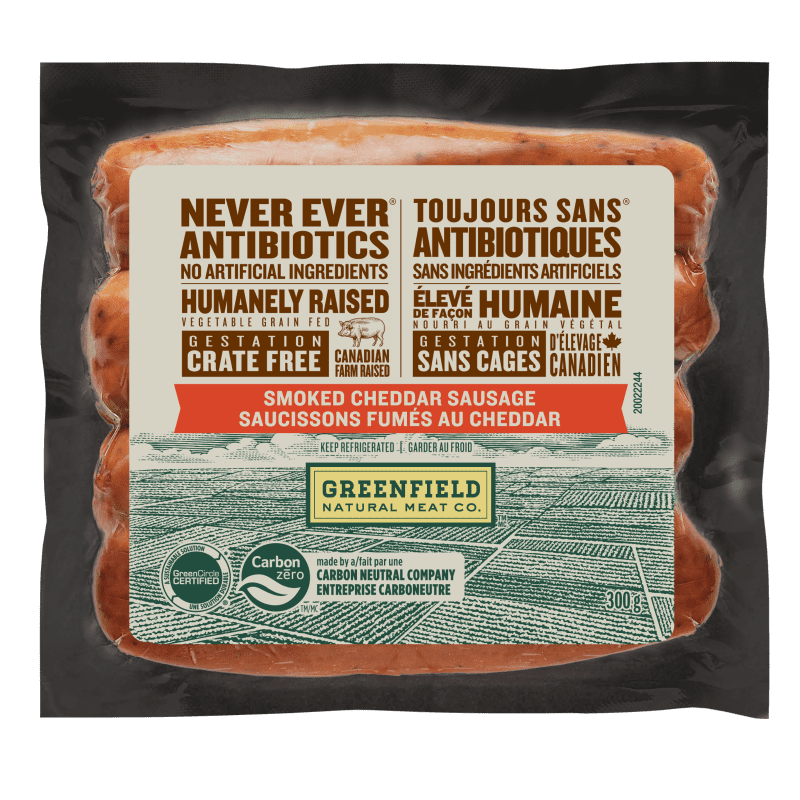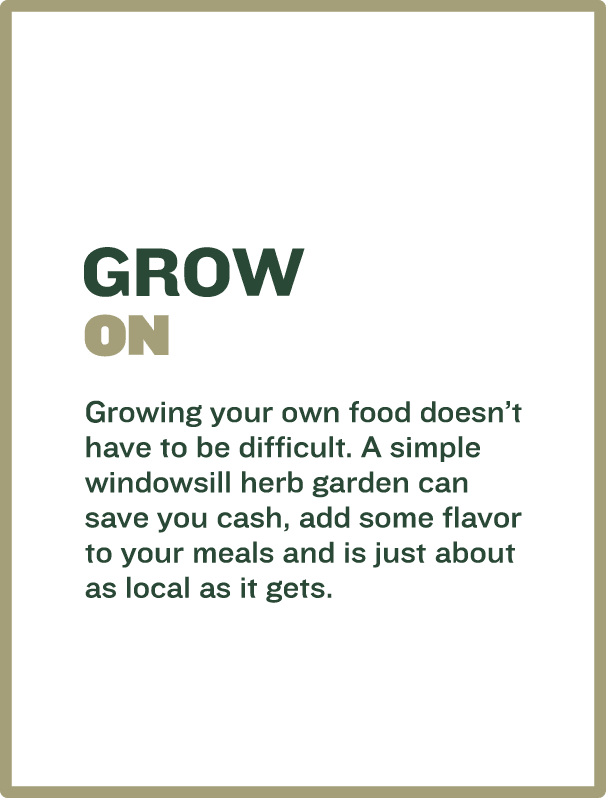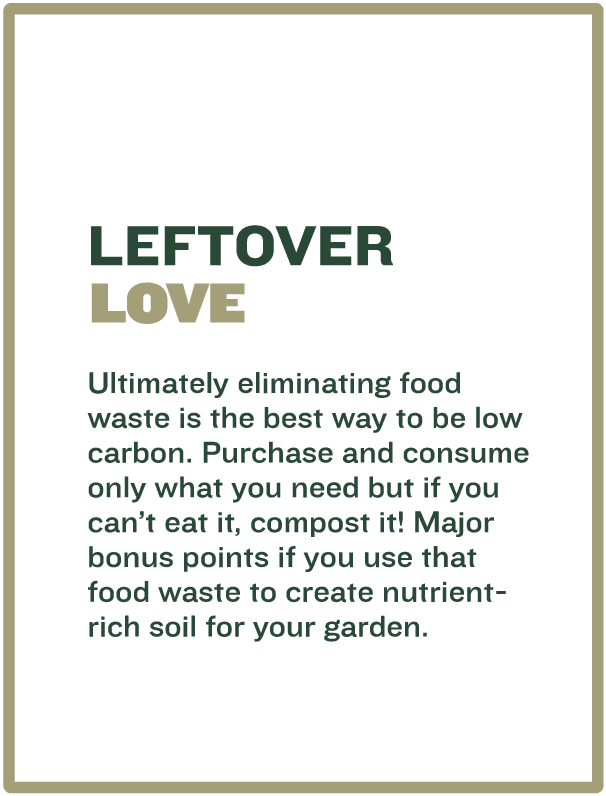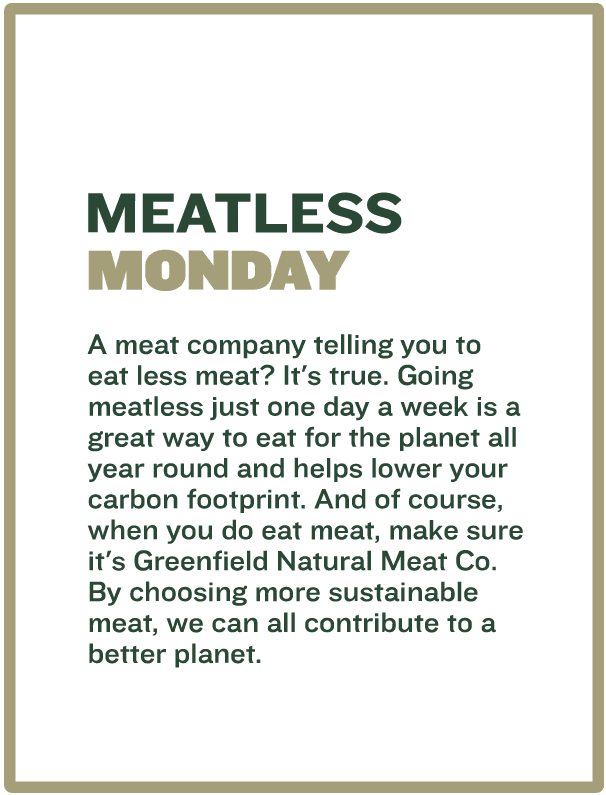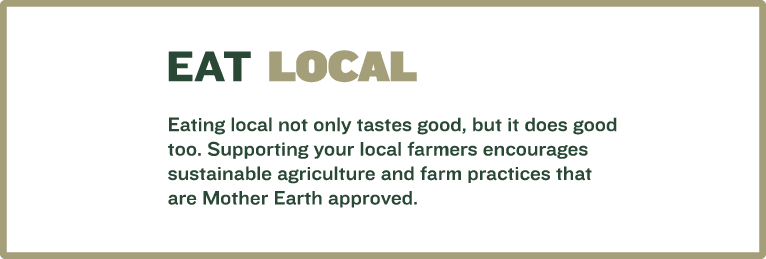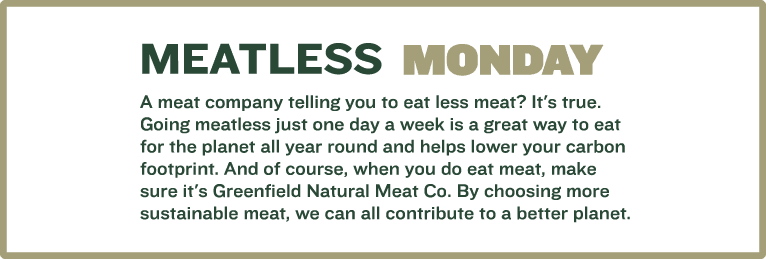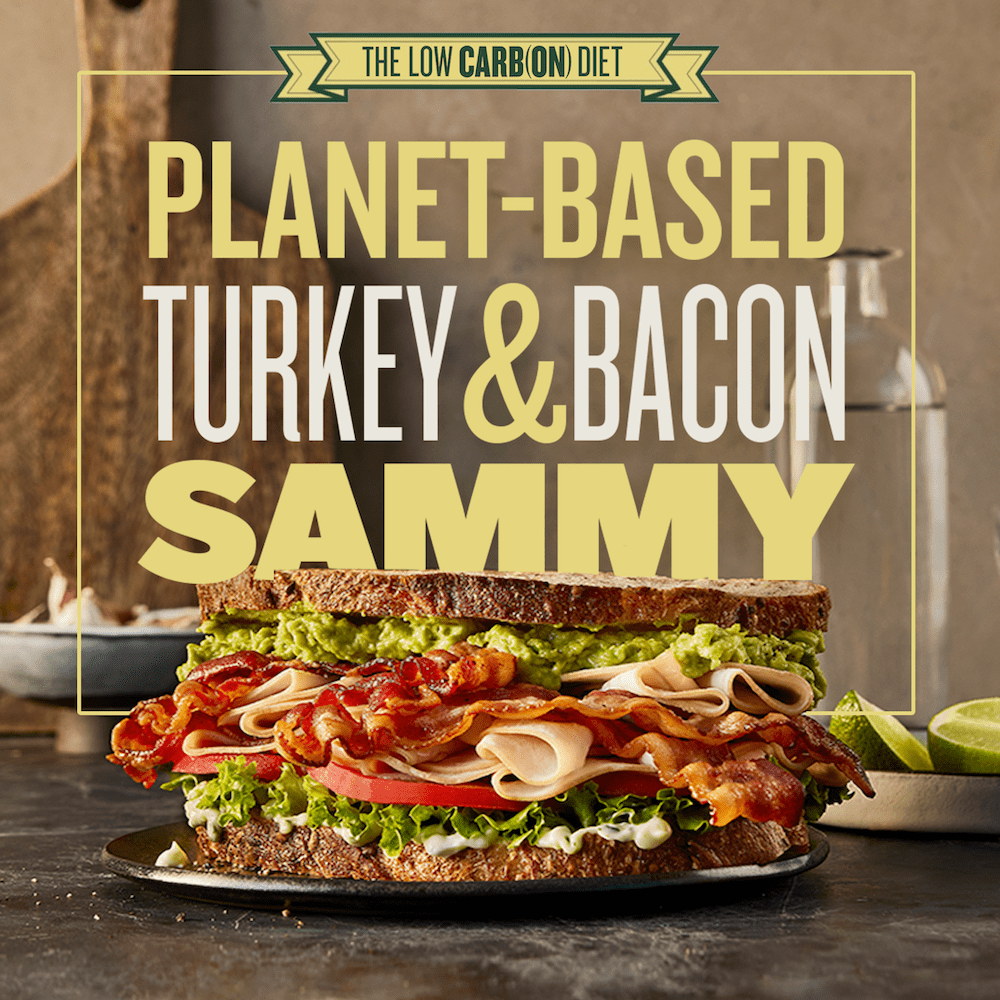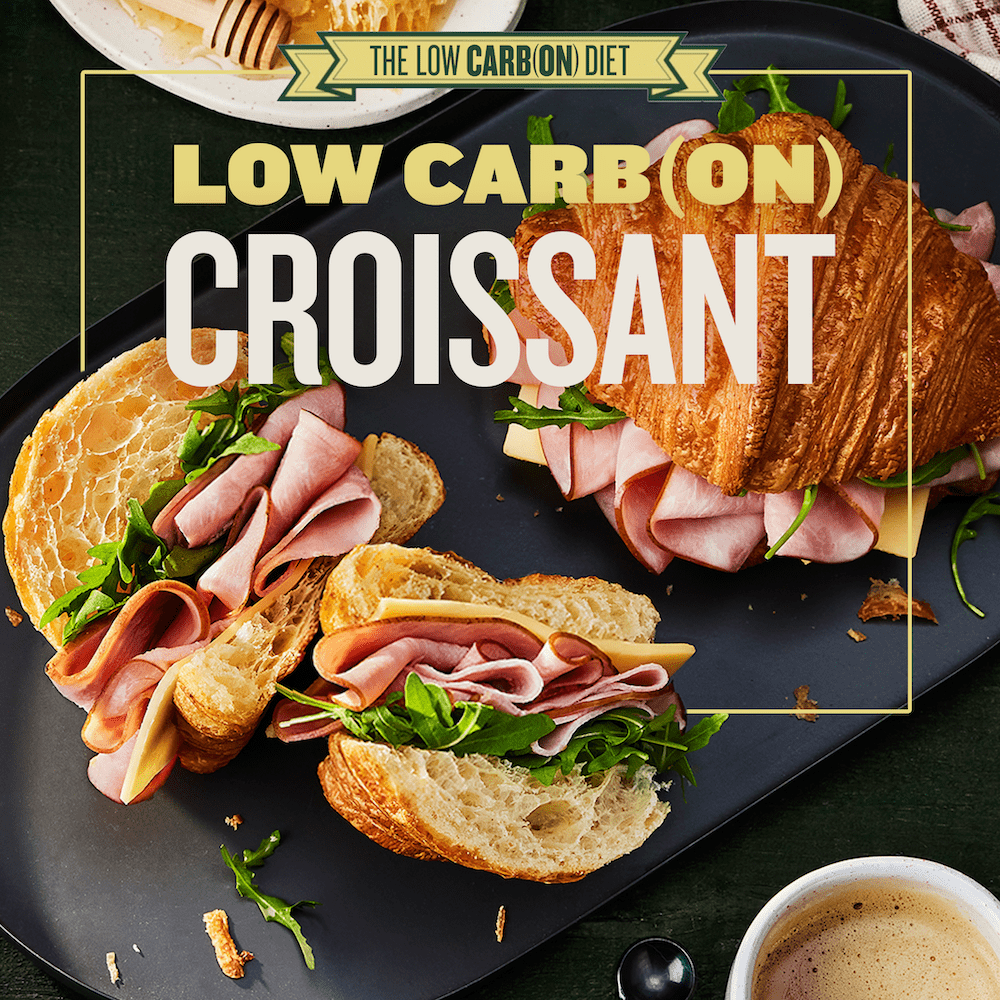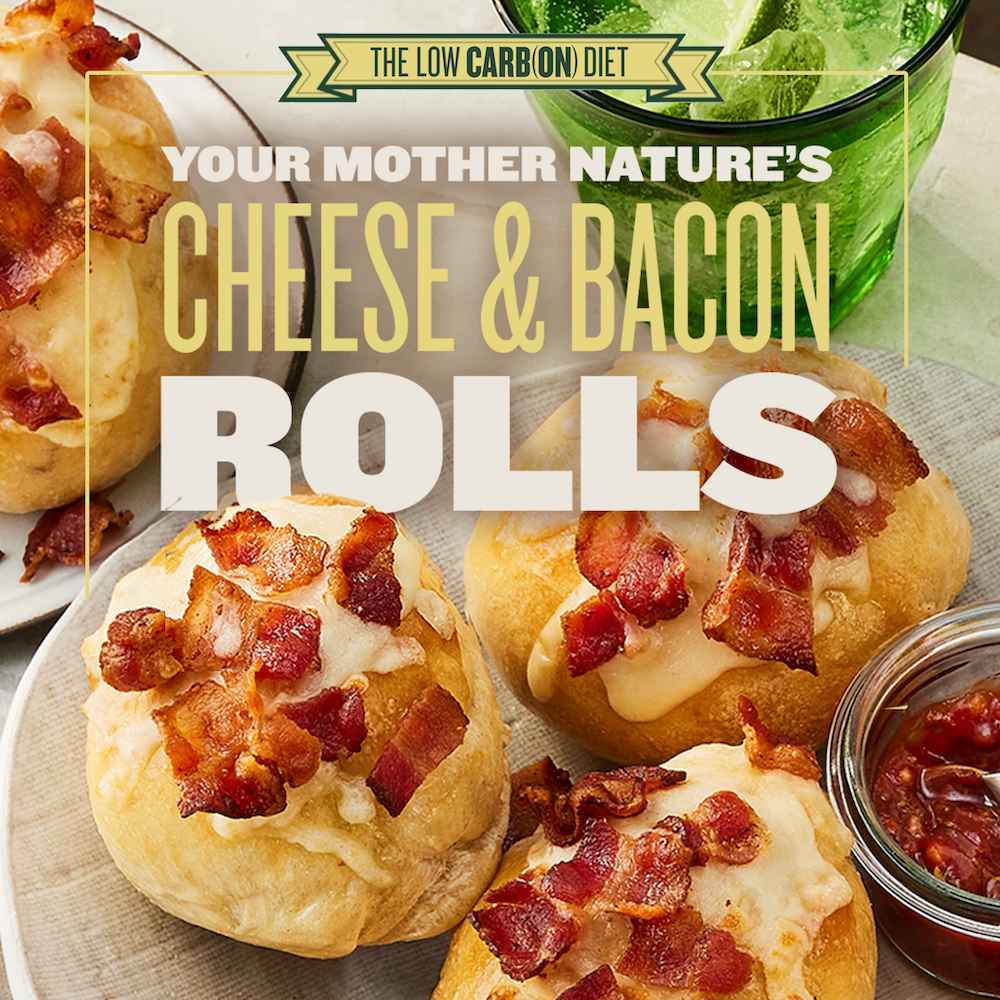
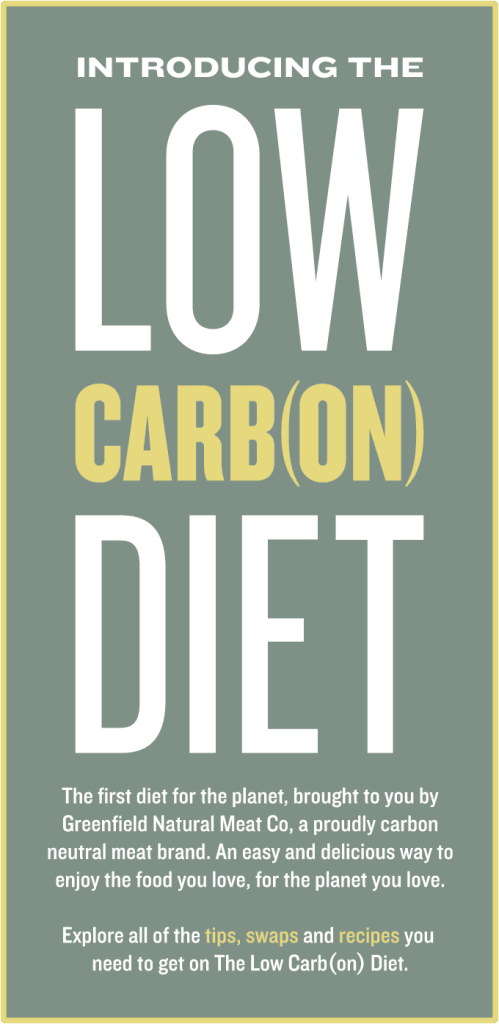
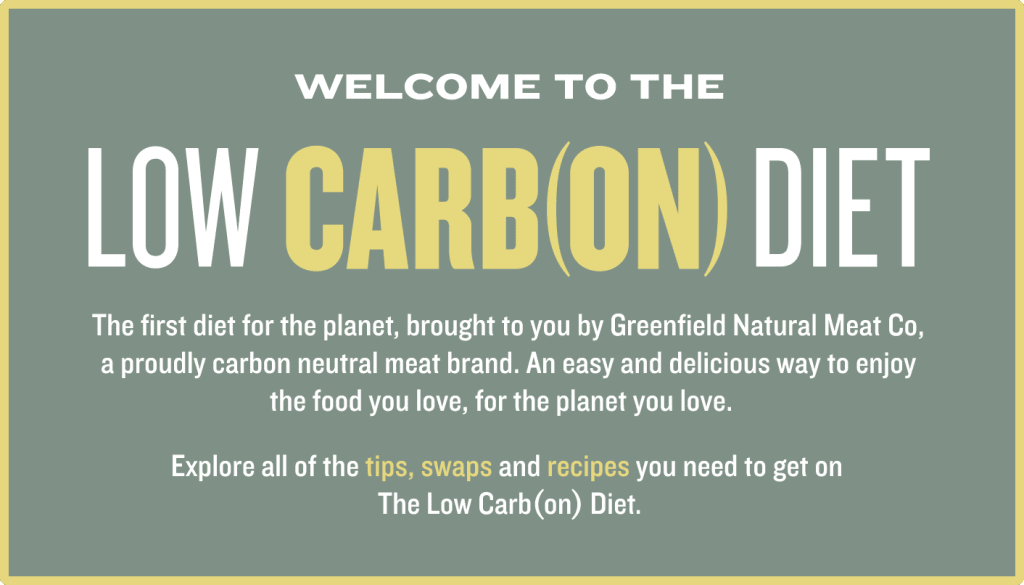



ASPARAGUS FOR PEAS
Asparagus for peas
Eating your greens is always a good idea but when out of season, swap asparagus for peas or broccoli because they use 48% less water to lower your carbon foodprint. (Source)

REFINED SUGAR FOR HONEY
Refined sugar for honey
Honey is one of the most environmentally friendly ways to get your sugar fix. No tractors for harvesting, no large machinery, no fertilizers; there are very few steps from hive to cupboard making it a great Low Carb(on) Diet option. Sweet. (Source)

WHITE FLOUR FOR WHOLE WHEAT FLOUR
White flour for whole wheat flour
Choosing whole wheat flour isn’t just better for you, but it’s better for the planet too. With less processing and transportation, this simple swap can have a big impact on the environment. (Source)

WHITE RICE FOR CAULIFLOWER RICE
White rice for cauliflower rice
It acts like rice, looks like rice, tastes like rice, but with much less impact on our planet. Swapping in the less processed cauliflower rice is gentler on Mother Nature and a great part of a Low Carb(on) Diet (Source)



WHAT DOES IT MEAN TO BE CARBON NEUTRAL?
Carbon neutral means that you reduce as much carbon emissions as you produce to create net zero carbon output. So, for a food brand like us, it means we’ve reduced as much of our emissions as we currently can, plus we purchase carbon credits for high-impact environmental projects that reduce emissions on their own. The emissions that these projects reduce is equal to our remaining emissions making us carbon neutral.
WHAT ARE SCIENCE-BASED TARGETS?
We are made by the first major food company in the world to be carbon neutral. We have achieved carbon neutrality by aggressively reducing greenhouse gas (GHG emissions, setting science-based targets (SBTs), and purchasing carbon credits for environmental projects that offset or neutralize our remaining, unavoidable emissions, bringing our net footprint to zero. Science-based targets are emissions reduction targets aligned with the goals of the Paris Agreement on Climate Change to limit global warming to well-below 2°C, above pre-industrial levels, and find ways to limit warming to 1.5°C. All targets must be approved by the organization, Science Based Targets initiative (SBTi). These targets ensure we are on a clearly defined path to continue reducing our GHG) emissions, even as we grow our business. Learn more here: https://www.mapleleaffoods.com/sustainability/carbon-strategy/
WHAT STEPS ARE WE TAKING TO REDUCE OUR CARBON FOOTPRINT?
The steps we’re taking fall into 4 categories: avoid, reduce, replace and offset.
For example, we are reducing our consumption of energy, water, and the overall amount of solid waste we generate. We are also replacing our traditional energy sources with renewable energy. Where we cannot avoid, reduce or replace any further, we offset our remaining carbon emissions.
Offsetting is done by purchasing carbon credits from projects that reduce an equivalent amount of carbon that we still emit. We look for high impact projects when we purchase offsets, including in areas like renewable energy, composting, regenerative agriculture and forest conservation.
Learn more about the carbon offset projects we support in our 2022 Integrated Report
